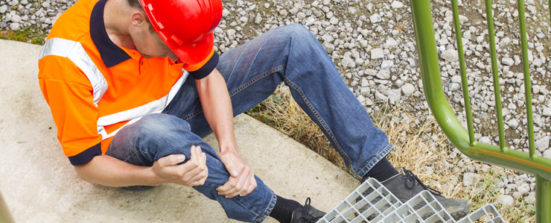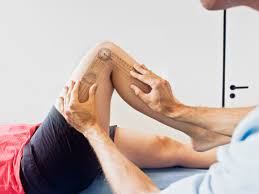At Sunhive, everyone is tasked with putting safety and health first, which is why after every 30minutes or 1hour (on-site or in the office), employees and management are encouraged to take short breaks to stretch tired or overworked muscles to improve circulation and relieve tension. Sitting in a position for a long time can cause strain to the muscles and overtime cause a CTD.
Cumulative Trauma Disorders (CTD’s) are strains that result from long-term repetitive motion or from continually working in an awkward position. Strains commonly occur in the wrists, arms, shoulders or back, affecting the body’s joints and surrounding muscles and tendons.

CTD’s are said to be today’s fastest-growing occupational problem, affecting all types of employees, from computer operators to construction workers.

Reducing Exposure to CTDs;
- Do warm-up exercises before beginning physically demanding tasks ( the way athletes/footballers do).
- Plan ahead, if you will be doing a job that is awkward, think of ways to make it easier.
- Rotate your work position, to change how muscles are used during your work shift.
- Use the proper tool for the job to avoid awkward movements and the need for overexertion.
- Take a rest break when fatigued.
- Carefully stretch tired or overworked muscles to improve circulation and relieve tension.

- Always use proper lifting techniques. Back strain is one of the most common CTD’s.
- When using hand tools keep your wrists in a “neutral” position, as opposed to repeatedly bending them up, down or sideways during work tasks.
N.B: All muscle discomfort and fatigue is not a cumulative trauma disorder. Everyone experiences occasional aches and pains from both work and play—especially when you are not used to the activity. Nevertheless, awkward, repetitive work positions can result in long-term physical problems.
Written By: Mulikat Abdulrahman
